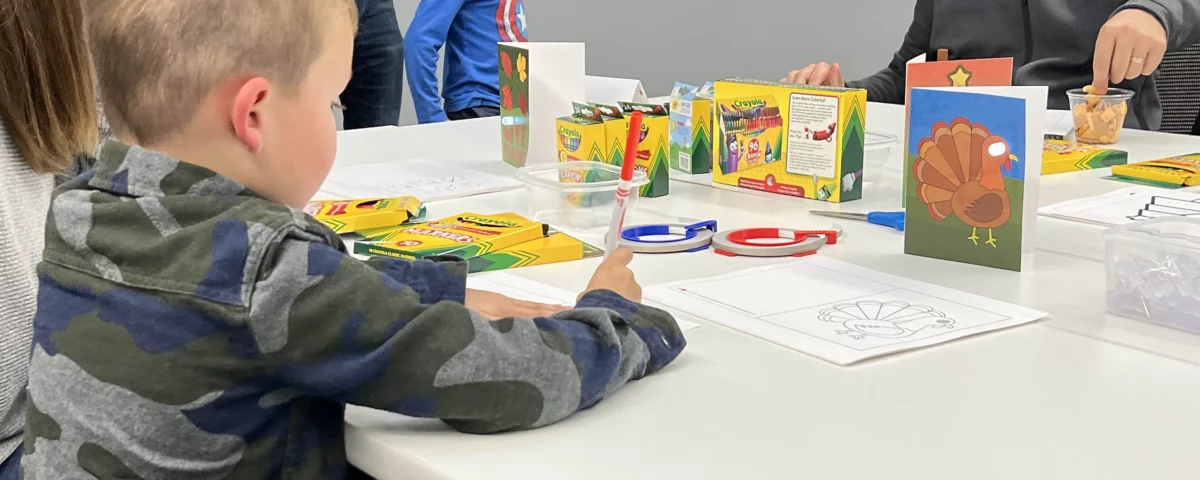
Writing Good STEM Test Questions
May 6, 2024
Encouraging Collaboration in STEM
May 6, 2024KEY POINTS
- Apply problem-solving techniques to non-STEM subjects.
- Bring technology into any classroom.
- Focus on teamwork and hands-on learning.
Studying the STEM fields is vital for a well-rounded education, but STEM skills are not strictly limited to the STEM subjects. The foundational concepts behind STEM, like problem solving, technical skills, and collaborative innovation, are just as applicable to non-STEM subjects and have the ability to enhance the performance and skills of students in many unexpected areas.
USING THE STEM APPROACH TO SOLVE PROBLEMS
Problem solving lies at the core of STEM education, and this skill is often employed in the context of language arts and social studies classes too! Problem solving techniques often involve some kind of structured process involving brainstorming, research, and critical reflection. When it comes to subjects like history and literature, students are encouraged to exercise these exact same “intellectual muscles” as they critically analyze a historical event or contemplate and form thoughts around a piece of literature.
INCORPORATING TECHNOLOGY
Perhaps the easiest way to integrate STEM into other core subjects is through technology. Incorporating computers, robots, and other technologies into non-STEM subjects is a great way to accomplish this. Have your students use 3D modeling and printing to create their own unique instruments in a music class. Have them use coding to create an application or animation to be used in a presentation about a historical event. Have them program a microcontroller to act as a pedometer in a health class, or even have them program a robotic arm to paint a beautiful picture in an art class.
HANDS-ON COLLABORATION
While working in groups is not unique to any specific subject, STEM often lends itself to environments based around hands-on, team-based learning opportunities. Implementing project-based learning into non-STEM subjects is a great way to further enhance the collaboration and innovation skills of your students.
Consider splitting students into teams and assigning them projects that focus on creative problem solving. Encourage students to openly discuss different approaches to the project and to consider the steps they will need to take to complete the project. Projects like this can take many forms, like teams of students collaborating to create a multimedia piece of art in an art class, build a model of a historical site in a history class, or reenact a scene from a novel in a literature class.




